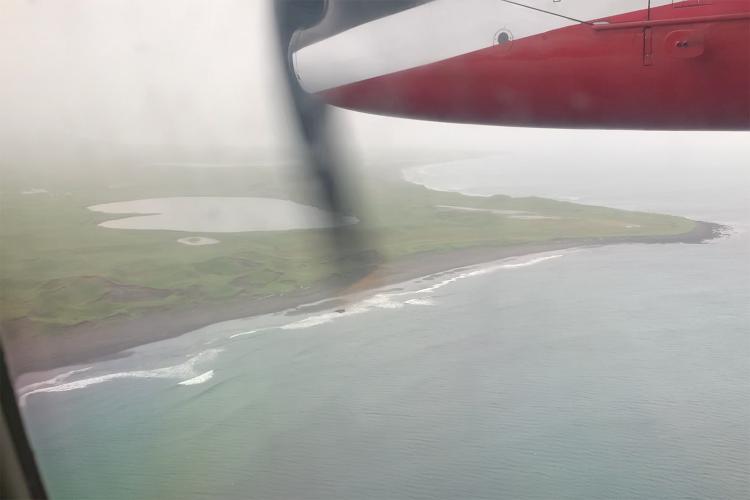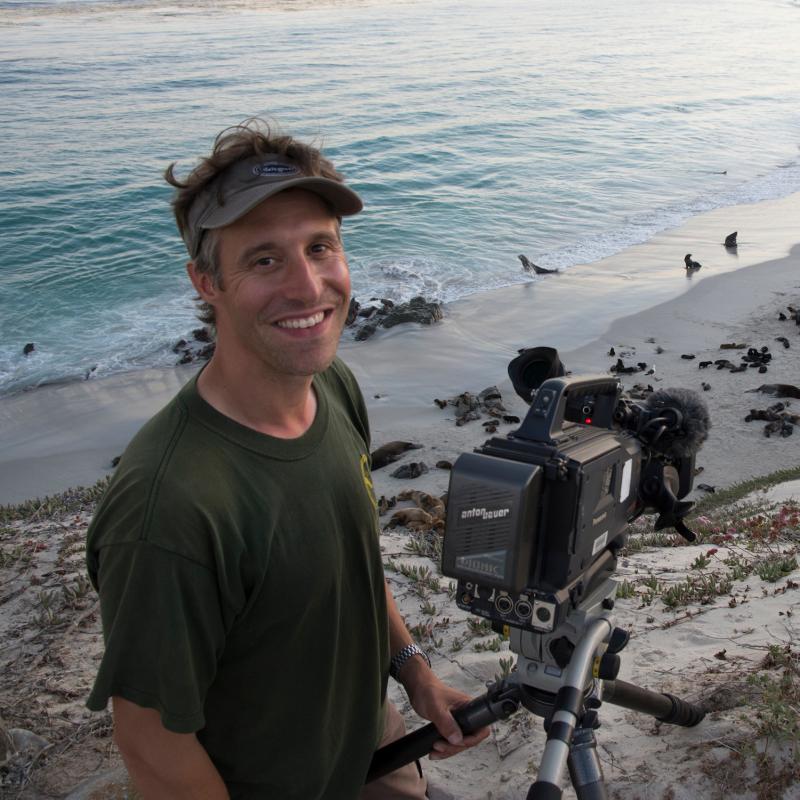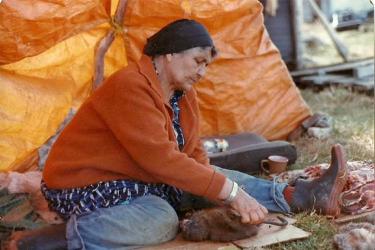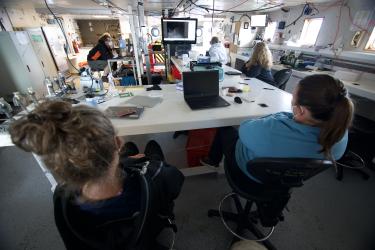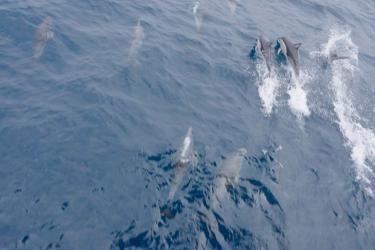August 8, 2021
First things, first: to work on the Pribilof Islands, you have to successfully get here. Summertime fog and low cloud cover are persistent over St. Paul and St. George (the two inhabited Pribilof Islands), which lie in the middle of the Bering Sea. Planes need a 500-foot ceiling to land here, so that can make flights out here hit or miss on any given day.
Today, five of us (Rolf, Brian F, Brian B, Molly, and I) are attempting to join Rod and Burlyn on St. Paul Island. It took Rod and Burlyn 4 days to make it. On August 1, their flight was canceled due to fog, and with only three scheduled flights a week, their next chance was Tuesday, August 3. Tuesday proved to be a classic Pribilof experience. Rod and Burlyn boarded their flight to St. Paul, flew the 3 hours to get here from Anchorage, but the weather had worsened. What do you do? Fly back to Anchorage is what. Ouch. They finally made it on Wednesday, which completed the trifecta of experiences: canceled, the boomerang, and a successful flight.
Luckily for the rest of us, we made it out here today, but not without a little adventure. As we descended toward the island, we got a sneak peak through broken clouds and fog of the ocean below with white caps breaking in 20mph winds. But then we felt what you never want to feel, the plane picked up a little speed and started ascending. This usually means that the runway has socked in again, and we’ll circle for another pass, hoping for a break. However, just as quick as we ascended, we went back down and broke through the clouds to get our first glimpse of land since we left Bethel (our fuel stop between Anchorage and St. Paul).
After arriving around 3:30 p.m. Alaska time (took off from Seattle at 7 a.m. Pacific time for our 9.5-hour journey) the rest of our day was spent settling in to “Staff Quarters.” This field camp is seasonally occupied by teams of researchers studying different aspects of the northern fur seal life history. Some come out in the spring before the fur seals arrive to prep for the field season. Some come in July to conduct bull counts, which are counts of the mature male seals that hold territories on the coast for mating with the females. Some come in August to conduct the pup counts (population estimate). Finally, another team often comes in the fall to tag animals for vital rates studies before they leave the island to live pelagically.
Because of the COVID pandemic, this has been a particular slow past two seasons at Staff Quarters. My room had been vacant for 2 years, so I spent my first evening vacuuming dead flies … there were at least 20 littered throughout my room, on the carpet, on the window sills, etc. But now that we are all arrived and settled in, it’s time to get out there and do the research. Stay tuned for Blog #2 coming in a few days!
